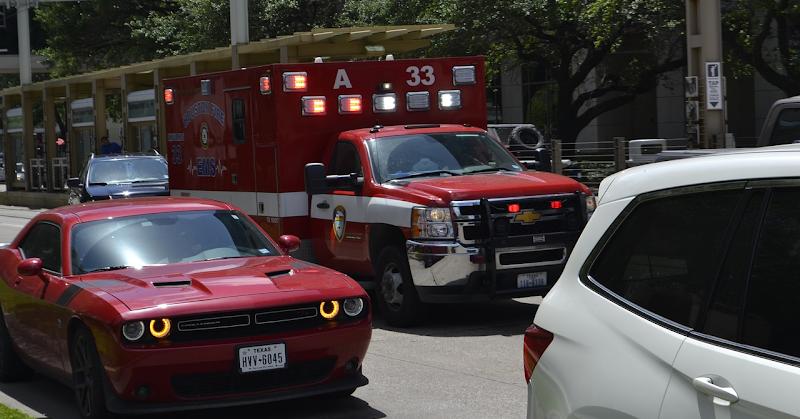Human progress has not come without costs and consequences. While scientific and technological advancements have improved our lives in many ways, they have also enabled disasters that have caused massive destruction and loss of life. Some of the worst man-made disasters have not only inflicted horrendous immediate devastation but also produced far-reaching and long-lasting impacts that changed the world we live in.
1. The Bhopal Gas Tragedy – A Night Of Death In India
The Bhopal disaster is regarded as the worst industrial calamity in history. In 1984, methyl isocyanate gas and other chemicals spilled from a Union Carbide India Limited pesticide plant in Bhopal, India, exposing thousands of people to hazardous chemicals. The gas and fumes swept through surrounding densely populated slums while people slept, killing thousands within hours. The toxic material also seeped into the ground, contaminating water supplies. The disaster killed an estimated 3,800 people immediately, with thousands of others dying in subsequent years from gas-related diseases and cancers. It left many more with chronic and debilitating illnesses and disabilities. The Bhopal disaster highlighted gross negligence and major lapses in safety standards and brought urgent calls for tighter regulation of hazardous industrial activities. It also stained the reputations of Union Carbide and Dow Chemical, the companies involved in gas production.
2. The Chernobyl Nuclear Disaster – Radioactive Contamination And A City Abandoned
On April 26, 1986, a catastrophic nuclear explosion at the Chernobyl nuclear power plant in Soviet Ukraine resulted in the Chernobyl tragedy. During a botched test of the plant’s emergency safety systems, a loss-of-coolant accident resulted in an uncontrolled nuclear reaction in the reactor. The ensuing explosion and fire released radioactive plumes that spread over much of Europe and the western USSR. The city of Chernobyl and its surrounding area became uninhabitable for centuries due to nuclear radiation. Nearly 350,000 people had to be relocated due to the disaster. Chernobyl highlighted the dangers of nuclear energy and fuelled the anti-nuclear movement. It showed how mismanagement and human error at nuclear facilities could cause radioactive contamination with disastrous consequences. The disaster also crippled the Soviet Union’s nuclear power ambitions and reduced its rivalry with the West in this field.
3. The 9/11 Terrorist Attacks – 2001
The September 11 terrorist attacks in 2001 were a series of coordinated attacks by Al-Qaeda militants that brought down the World Trade Center towers in New York City and caused damage to the Pentagon building near Washington, D.C. Nearly 3000 people lost their lives in the deadliest terrorist attack on U.S. soil. 9/11 marked a watershed moment that shaped America’s foreign policy doctrine for decades. In response, the U.S. launched the global war on terror and the Afghanistan and Iraq wars. Counterterrorism organizations around the world increased cooperation to dismantle Al Qaeda’s network.
4. The Space Shuttle Challenger Disaster – A Tragic Setback For NASA
The Space Shuttle Challenger disaster occurred on January 28, 1986, when NASA’s space shuttle Challenger broke apart 73 seconds into its flight, killing all seven crew members on board. The disaster was a devastating setback for NASA and the space program. It shook the confidence of the scientific community and the general public in the safety of space missions. Investigations revealed that the accident was caused by a faulty O-ring seal in one of the rocket boosters that ignited the fuel tank. The disaster brought NASA’s shuttle program to a halt for 32 months and led to a major redesign of the shuttle’s booster rockets. NASA also tightened safety standards and oversight procedures in response to the tragedy. The Challenger disaster remains a sobering reminder of how even small technological failures can lead to catastrophic consequences in high-risk space missions requiring massive coordinated systems.
